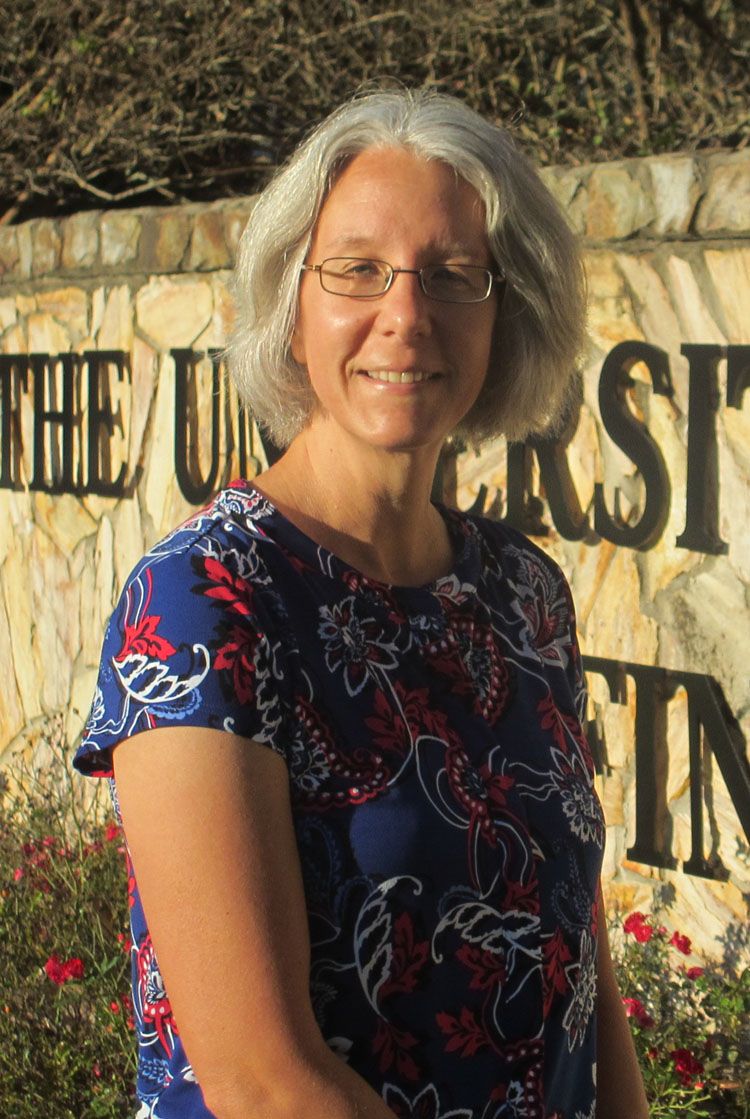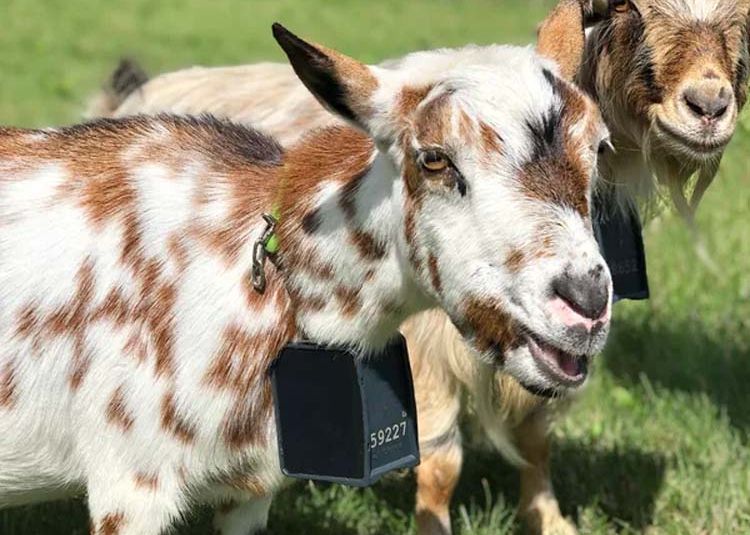Diversifying Livestock with Yaks
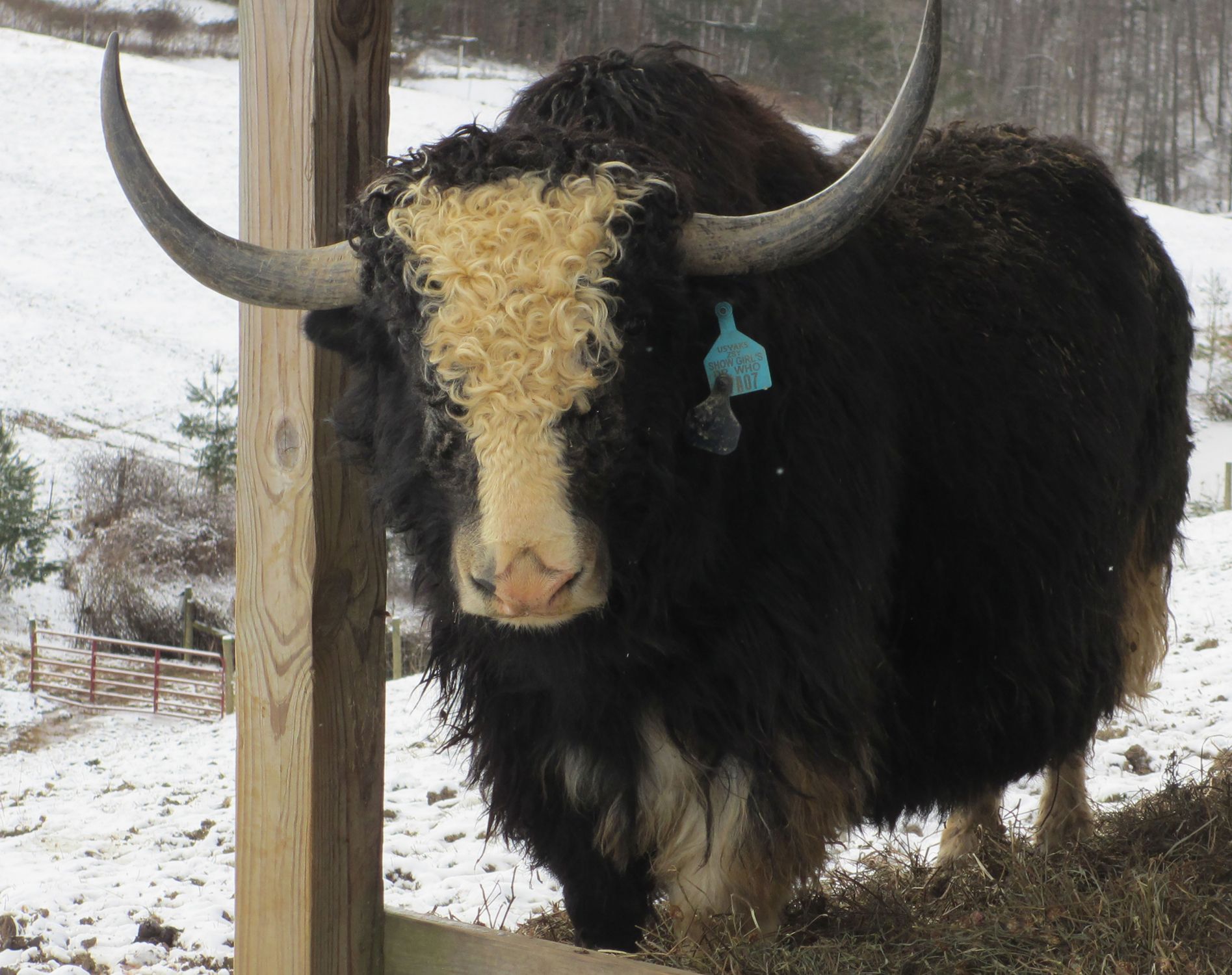

On a frigid January morning at Morehead State University, Kentucky farmer Greg Dike keeps his fingers crossed for good news as MSU veterinary technology professor Philip Prater completes the pregnancy tests of four heifers from Dike's farm.
Dike has been championing yaks since 2013 as an alternative to beef cattle production in the eastern half of the U.S. He became interested in the animals from time spent in Tibet.
"Beef producers have to deal with the fluctuating market value of beef and the high forage and supplemental feed inputs beef require," said Dike. "Yaks and yak-beef hybrids are an alternative worth considering as demand for their meat exceeds supply."
He continues: "A comparable yak herd requires less overall forage per head, yak can be finished on grass, and they have a smaller environmental impact. There are also opportunities for yaks to step into the bison market. They are easier to manage than bison, their meat is leaner, and there are value added opportunities with the fiber they produce which is of the same overall quality as cashmere."
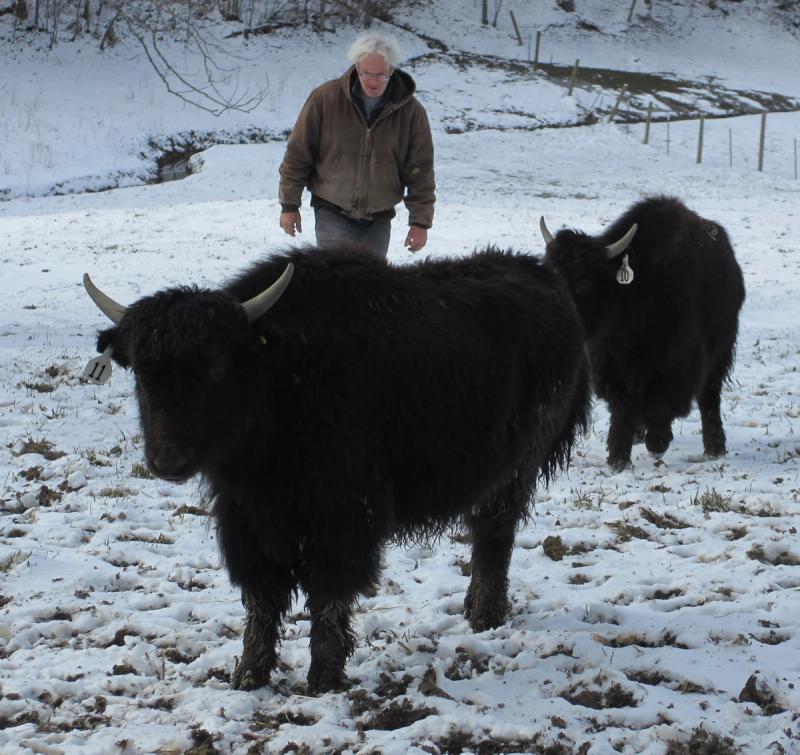
Yaks can also be trained as pack animals for use in tourism.
Al expands the genetic pool
Yak production is a recent phenomenon east of the Mississippi River. Yaks have become so popular that Dike, who mainly raises yaks for breeding, can't keep up with the demand from Western U.S. farmers who want to start their own herds.
Which brings us back to those four yak heifers, which were mated by artificial insemination (AI) from one of Dike's bulls. Dike is excited about the technology; he is studying AI techniques through a Southern Sustainable Agriculture Research and Education Grant (SSARE) Producer Grant. The goal of the project is to find solutions to inbreeding problems in North American yak breeds, which come from a narrow genetic pool.
Inbreeding leads to reduced fertility, poor growth, smaller mature sizes and increased genetic defects. Dike hopes that AI is the most economical and efficient way to help farmers transition from beef to a hybrid beef-yak niche meat product.
In the SSARE Producer Grant, the project has two major components: the development of AI for yak semen process (from collection to freezing to impregnation), and educating small acreage farmers and beef producers concerning the potential benefits of introducing yaks and AI to their operations.
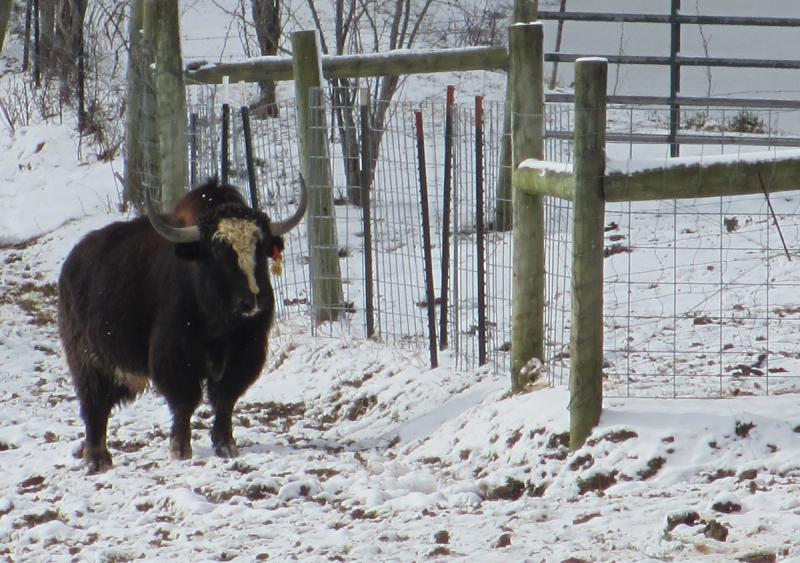
Dike has partnered with researchers at Morehead State University (Philip Prater and animal science professor Patricia Harrelson) and University of Kentucky (beef cattle specialist Jeffery Lehmkuhler and Menifee County
Extension agent Mary McCarty) to determine the best technology to collect bull semen, pinpoint the best freezing protocol, and find the best yak insemination techniques.
The team is finding the developments to be slow and particularly tricky. None of the yak heifers artificially inseminated as part of the project tested positive for pregnancy on that January day.
Prater suspects low sperm viability. "Anytime you touch the sperm cells, the fertility goes down, maybe as much as 15 percent once the sperm is manipulated. They are the most fragile little cells," said Prater.
The pregnancy tests, however, did show that the synchronization process (bringing the cows in heat at the same time to accept artificial insemination) was successful, so it was a step in the right direction, said Prater.
More work ahead
The other piece of the SSARE Producer Grant project is to educate farmers on yak production in general, including nutrition, fiber, coat color, meat quality, fertility and milk production. The team formed the Scientific Knowledge Advancement for Yaks Research Group (SKAY) to guide yak husbandry research.
"There really aren't any official North Ame1ican yak husbandry groups, and there is very little standardized information available to farmers interested in yaks," said Lehmkuhler.
Lehmkuhler has received a Southern SARE On-Farm Research Grant to investigate the performance of yaks within forage based systems with the goal of developing on-farm data collection for yaks, evaluating seasonal growth patterns of yaks raised in the Southeast, and assessing the potential for yak meat market development.
The overall goal of the work is to better understand the potential for yak production in the Southeast.
Tags:Sustainable Acres,

Acreage Life is part of the Catalyst Communications Network publication family.




